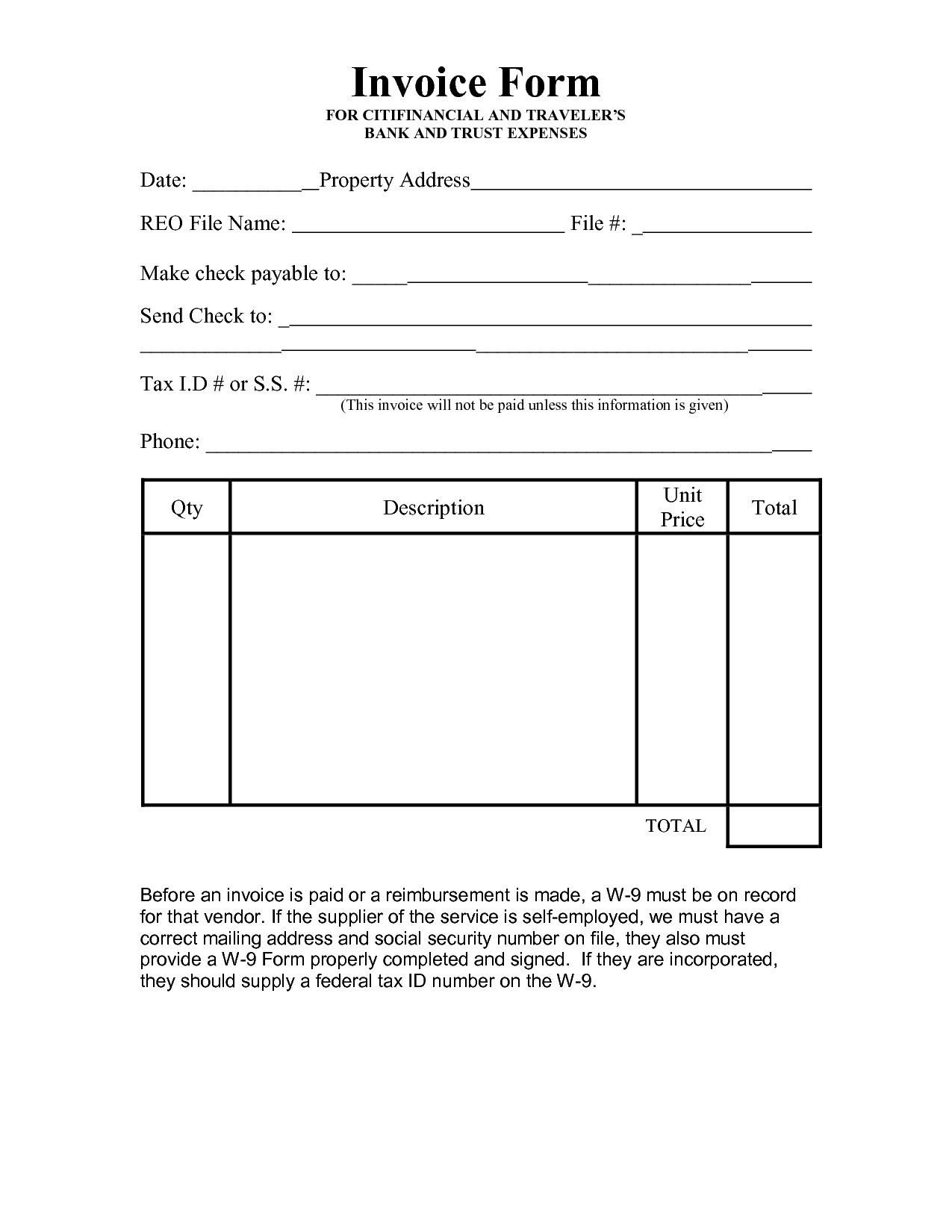

Further details regarding VAT obligations can be found at the following link: TAXBACK material on VAT. It is very important to account for VAT correctly as any VAT underpayment can lead to significant costs for a company in the event of a Revenue audit etc.
#Invoice book for self employed registration#
In some instances you should also include the VAT registration number of your customer, for example in the case of Reverse Charge supplies. VAT Registration Number – if you are registered for VAT you must include your VAT rate on all invoices being issued.
#Invoice book for self employed code#
These details should include the IBAN, Sort Code, Swift Code and the bank branch details. Bank Account details – the company's bank account details to which the money will be paid in should be listed clearly.The amount of VAT due should be included on a separate line on the invoice so VAT can be clearly identified and separately accounted for by all parties to the transaction. VAT rate – the standard VAT rate is 23%, however a lower rate may apply depending on the goods or services being supplied.Any discounts or special terms should also be clearly stated on the invoice. Total Invoice Amount – the total amount being billed (exclusive of VAT) should be clearly stated, and also the VAT inclusive amount if VAT is chargeable.Here are the additional details you'll need: While some of it is related to the total amount, others relate to the business. There are additional details needed on an invoice that you will need to know. We take the hassle out of filing your Irish tax return This provides you with an opportunity to outline payment terms to ensure timely settlement. For example, if the invoice is based on time spent providing a service, the number of hours should be included and the rate per hour charged, so that the customer can easily identify the total being billed. It should be clear from this short description the manner in which the goods/service is being billed. Products/Services being billed for – a breakdown of the quantity and nature of the goods/services supplied to the customer.It is an easy way to track the invoice as it can be recorded by the reference number which can make a specific reference to a particular client, for example it could include the first three letters of the customer's name. Reference Number – this is for your own records.Invoices must be issued in sequential order. Invoice Number – each invoice should have its own unique number so that there is a clear record of invoices being issued, making it easier for you to track the amounts being billed.Invoice Date – the date the invoice is issued should be clearly identifiable.Customer Name & Address – the customer's name and address should also be clearly stated on the invoice.Business Name & Address – your business name and address, and logo if there is one, should be clearly stated on the invoice.A standard invoice normally includes the following details: In order to remain compliant, certain details must be recorded on an invoice. Much time can be spent on improving the business’ products/services and not enough time spent on ensuring that sales are being recorded correctly. Invoicing is the part of running a business which can often be overlooked.


 0 kommentar(er)
0 kommentar(er)
